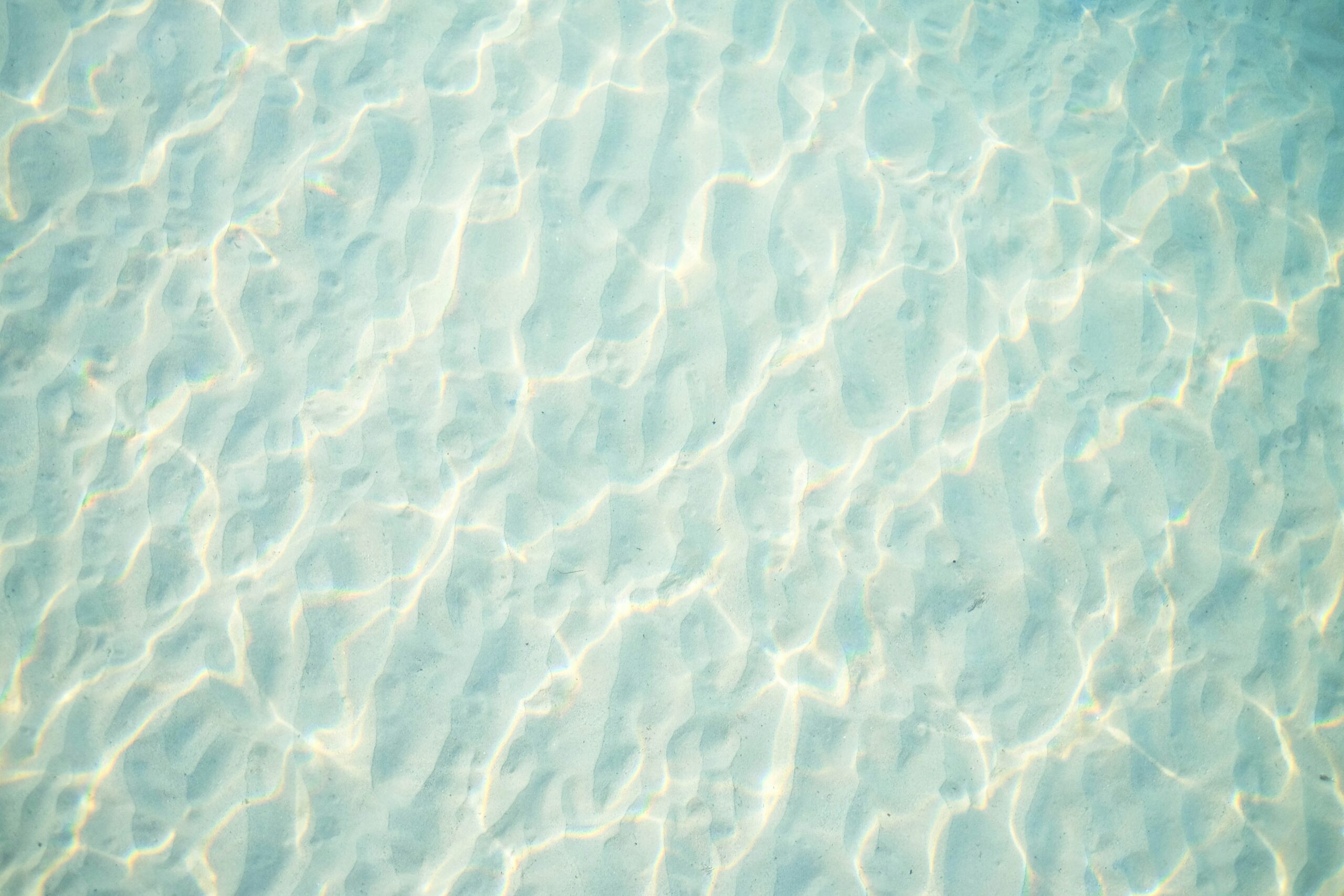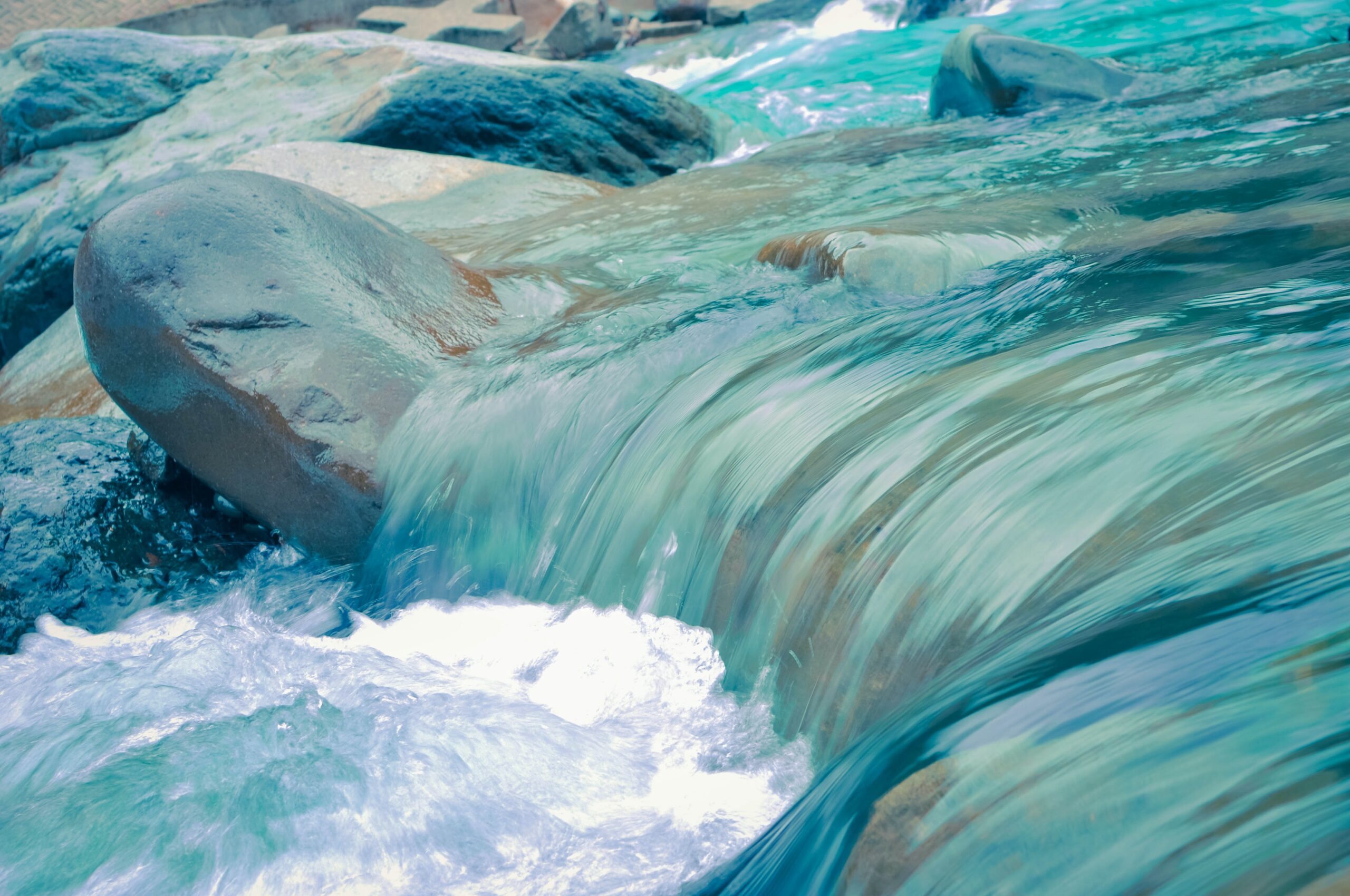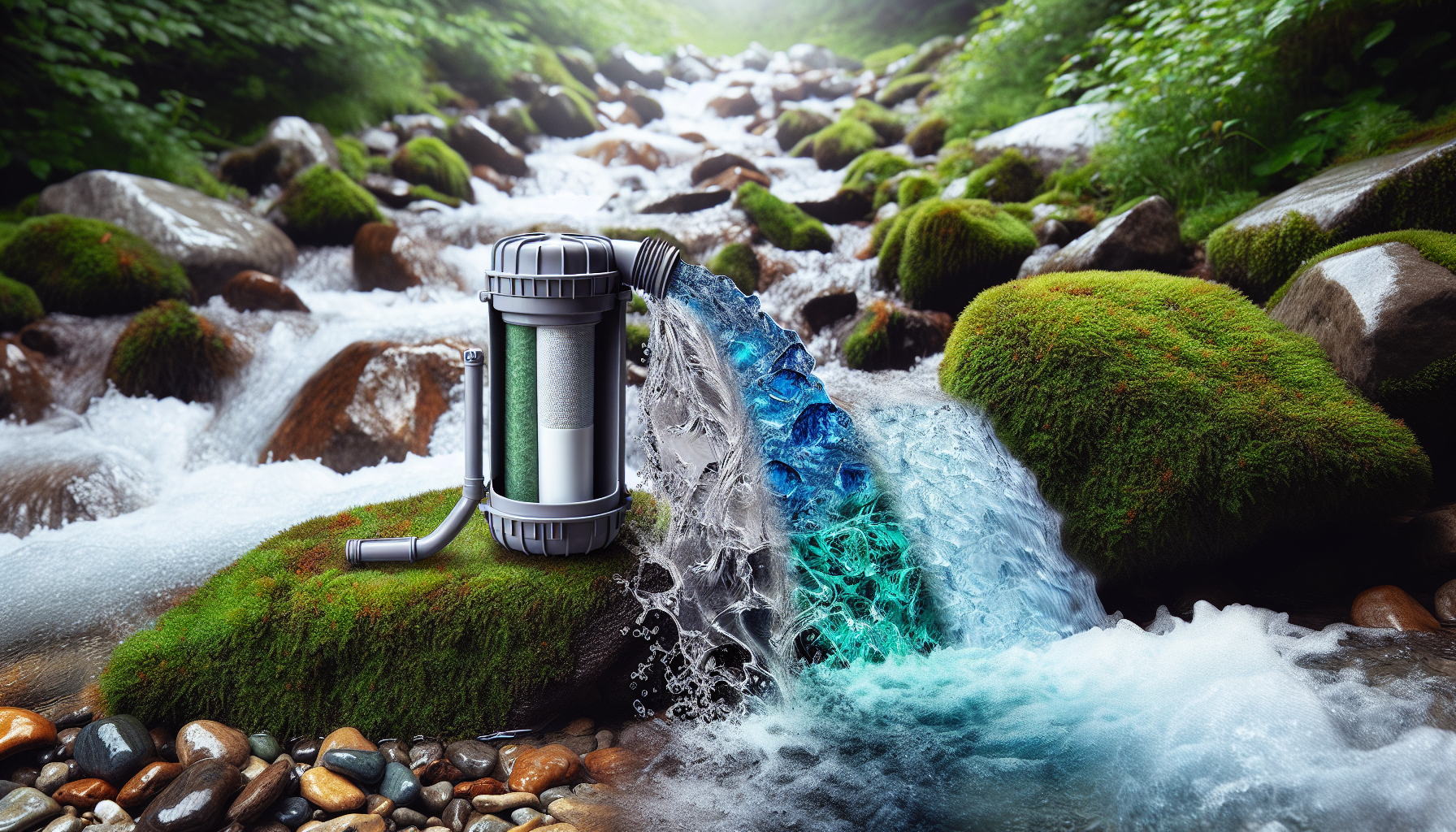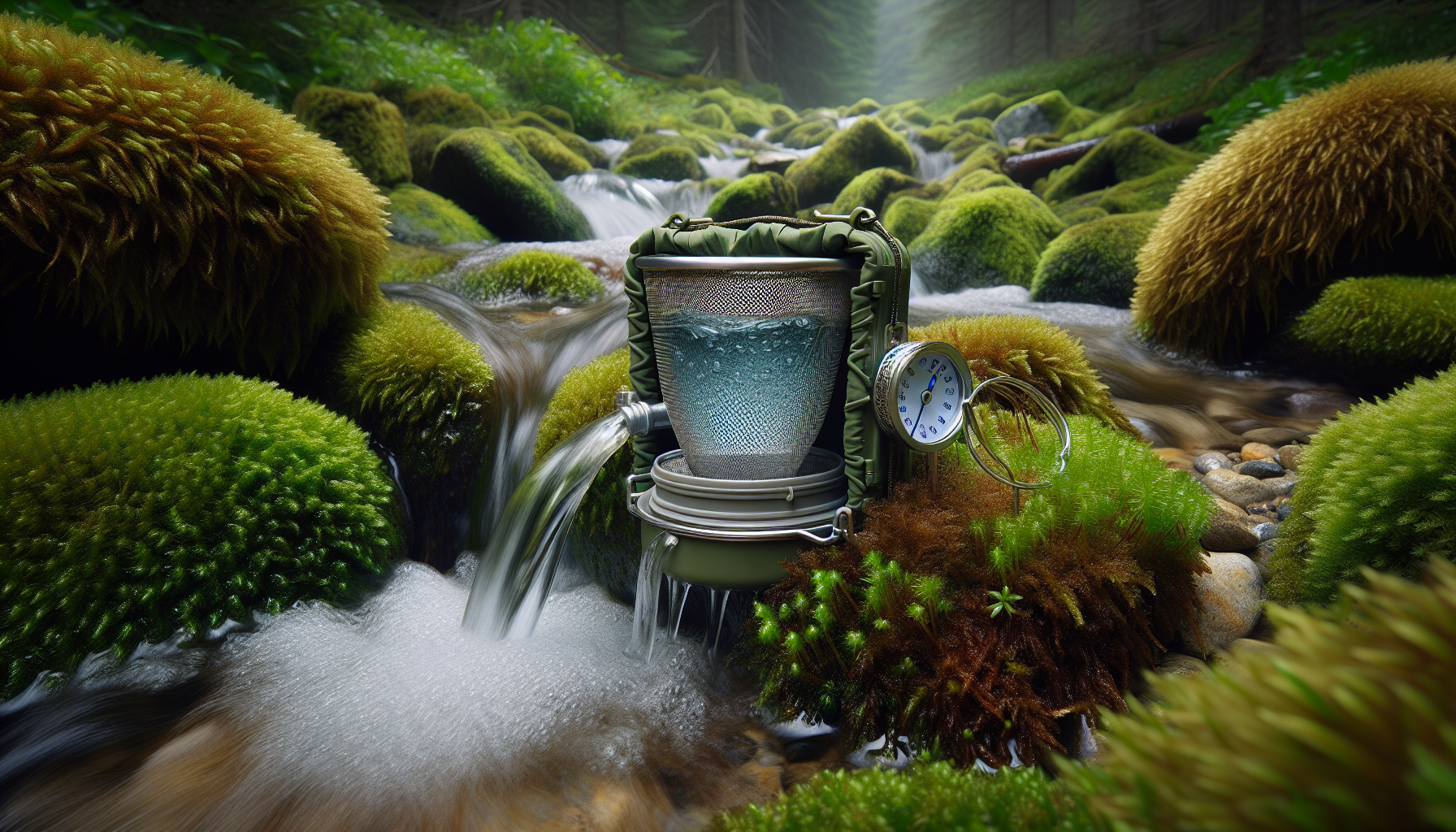In this article, you will discover the essential tips and techniques for filtering and storing water in an emergency. When unforeseen circumstances strike and access to clean water becomes limited, knowing how to ensure a safe water supply is crucial. By following simple yet effective methods, you can quickly learn how to filter and store water, equipping yourself with the necessary knowledge to handle any emergency situation. So, let’s delve into the world of water filtration and storage and empower ourselves with the skills needed to overcome water scarcity challenges.

Water Filtration Methods
When it comes to ensuring the safety of your drinking water, there are several effective water filtration methods to consider. These methods range from simple techniques like boiling, to more advanced options like using water filters or chemical treatments. Each method has its own advantages and considerations, so it’s essential to choose the one that best suits your needs.
Boiling
Boiling water is a tried and true method of water filtration that has been used for centuries. Boiling water kills most types of pathogens, including bacteria, viruses, and parasites, making it safe to drink. To boil water, all you need is a heat source, a pot or kettle, and clean water. Simply bring the water to a rolling boil, and let it continue boiling for at least one minute. If you’re at higher altitudes, it’s recommended to let the water boil for three minutes to ensure all pathogens are eliminated. Once the water has cooled, it is safe for consumption.
Using Water Filters
Another popular water filtration method is using water filters. Water filters are designed to remove impurities, such as sediment, chlorine, heavy metals, and microorganisms, from the water. There are various types of water filters available, including activated carbon filters, ceramic filters, and reverse osmosis filters. Activated carbon filters are effective at removing bad taste and odor, while ceramic filters can eliminate bacteria and parasites. Reverse osmosis filters are known for their ability to remove a wide range of contaminants. When choosing a water filter, consider factors such as the type of contaminants present in your water source, filter lifespan, and the flow rate of the filter.
Using Chemical Treatments
Chemical treatments can also be used to purify water in emergency situations. One commonly used chemical treatment is chlorine bleach, which is readily available and affordable. When using chlorine bleach, be sure to use unscented bleach without any additional additives. To disinfect water with chlorine bleach, add eight drops of bleach per gallon of water, and let it stand for at least 30 minutes. If the water is cloudy, double the dosage of chlorine bleach. Another chemical treatment option is iodine tablets, which are effective at killing viruses, bacteria, and parasites. It’s important to follow the instructions provided by the manufacturer when using chemical treatments to ensure proper disinfection.
Storing Water
In emergency situations, it’s crucial to have a reliable supply of stored water available. Determining your water needs, choosing appropriate containers, properly preparing containers, and ensuring safe water storage are all essential steps to take to ensure you have an adequate water supply during times of crisis.
Determining Your Water Needs
The first step in storing water for emergencies is determining your water needs. The general rule of thumb is to store at least one gallon of water per person per day for drinking and sanitation purposes. However, additional water may be needed for cooking, hygiene, and pets. It’s important to consider the number of people in your household, any medical conditions that may require additional water, and the duration of the emergency when calculating your water needs.
Choosing Containers
When it comes to storing water, choosing the right containers is essential. It’s recommended to use food-grade, BPA-free containers that are specifically designed for water storage. These containers should be durable, leak-proof, and able to withstand prolonged exposure to sunlight. Examples of suitable containers include plastic water jugs, food-grade plastic buckets, and glass containers with tight-fitting lids. Avoid using containers that previously held chemicals or non-food-grade items, as they may contaminate the water.
Preparing Containers
Preparing containers for water storage is an important step to prevent contamination. Start by thoroughly cleaning the containers with dish soap and warm water. Rinse them well to remove any residue. If using new containers, sanitize them by adding a solution of one teaspoon of unscented household bleach per gallon of water. Swirl the solution inside the container, ensuring all surfaces come into contact with the bleach. Let the solution sit for a few minutes, then rinse the container thoroughly with clean water. If using previously used containers, make sure to remove any labels and clean them thoroughly to remove any traces of the previous contents.
Storing Water Safely
When storing water, it’s crucial to consider the storage location. Containers should be stored in a cool, dark place away from direct sunlight, extreme temperatures, and chemicals. Sunlight and heat can promote the growth of algae or bacteria in the water, reducing its safety and quality. Avoid storing water near gasoline, pesticides, or other potentially harmful substances that could contaminate the water. It’s also important to label the containers with the date they were filled and regularly rotate the stored water to ensure freshness.
Regular Maintenance
Regular maintenance of your water storage system is necessary to ensure the safety and usability of the stored water. Every six months, it’s recommended to empty and refill the containers with fresh water to prevent the growth of bacteria or other pathogens. Inspect the containers for any signs of damage or leaks and replace them if necessary. It’s also important to periodically check the clarity and smell of the water. If the water appears cloudy or has an unusual odor, it should not be consumed and should be replaced immediately.
Alternative Water Sources
In some emergency situations, your regular water supply may become compromised or unavailable. It’s important to explore alternative water sources to ensure a sufficient supply of water. This may include collecting rainwater, tapping into natural water sources like rivers or streams, or melting ice or snow. However, it’s important to note that alternative water sources may not be safe for consumption without proper filtration and disinfection. Using water filtration methods, such as boiling or using water filters, can help make alternative water sources safe for drinking.

Emergency Water Filtration Kits
In addition to storing water, it’s also prudent to have emergency water filtration kits on hand. These kits can provide an additional layer of protection and convenience when clean water sources are scarce or contaminated.
Types of Emergency Water Filtration Kits
There are various types of emergency water filtration kits available on the market. These kits typically include a combination of water filters, chemical treatments, and storage containers. Some kits may also include additional items like collapsible water containers, water purification tablets, or portable water filters. The specific contents of each kit can vary, so it’s essential to read the product descriptions to understand what each kit includes.
Choosing the Right Kit
When choosing an emergency water filtration kit, consider your specific needs and the potential emergency scenarios you may face. Some factors to consider include the size of the kit, the number of people it can support, the type of filtration methods included, and the shelf life of the kit. It’s also important to ensure that the kit meets any specific regulations or guidelines set by local authorities or emergency management agencies.
Using Emergency Water Filtration Kits
Using emergency water filtration kits is generally straightforward, but it’s important to familiarize yourself with the instructions provided by the manufacturer. Each kit may have different filtration processes and treatment methods, so it’s essential to follow the instructions accurately to ensure proper water purification. It’s also important to regularly check the expiration dates of any chemical treatments included in the kits and replace them as necessary.

DIY Water Filtration Methods
If you find yourself without access to commercial water filtration methods or emergency kits, there are DIY water filtration methods that you can try.
Solar Still
A solar still is a simple yet effective method for producing clean, drinkable water. To make a solar still, you will need a container, plastic sheeting, a rock, and a collection vessel. Start by digging a hole in the ground and placing the container in the center. Fill the container with water, making sure not to spill any outside. Cover the container with the plastic sheeting, ensuring that it is tightly secured on all sides. Place the rock in the middle of the sheeting, directly above the container. As the sun heats the water, it will create condensation, which will collect on the plastic sheeting and trickle down into the container.
DIY Water Filter
A DIY water filter can be made using readily available materials. For a simple DIY water filter, you will need a plastic bottle, a knife or scissors, activated carbon or charcoal, sand, and gravel. Start by cutting off the bottom of the plastic bottle and discarding it. Layer the bottom of the bottle with activated carbon or charcoal, followed by a layer of sand, and then a layer of gravel. Place the bottle upside down over a collection container, making sure the neck of the bottle is securely fitted. Pour water into the bottle, and it will gradually filter down through the layers, producing cleaner water in the collection container.

Factors to Consider
When choosing a water filtration and storage method for emergencies, several factors need to be taken into consideration.
Water Source Quality
The quality of the water source is an important factor to consider when deciding on the filtration and storage methods to use. If the water source is heavily contaminated or known to contain harmful chemicals, more advanced filtration methods, such as reverse osmosis or activated carbon filters, may be necessary. On the other hand, if the water source is relatively clean, simpler methods like boiling or basic filters may be sufficient.
Emergency Situation
The nature of the emergency situation will also influence the choice of water filtration and storage methods. During natural disasters or prolonged power outages, access to electricity or clean water sources may be limited. In such situations, methods that do not rely on electricity or complex filtration systems, such as boiling or DIY filtration methods, may be more practical.
Accessibility of Resources
The availability of resources, such as water filters, chemicals, or suitable containers, is another factor to consider. In some emergency situations, these resources may be scarce or difficult to obtain. In such cases, it may be necessary to rely on alternative water sources and DIY filtration methods.
Personal Health Considerations
Personal health considerations should also be taken into account when choosing water filtration and storage methods. Individuals with compromised immune systems or specific health conditions may require more advanced filtration methods to ensure the removal of all potential contaminants. It’s important to consult with healthcare professionals or local authorities for specific recommendations based on individual health circumstances.
In conclusion, filtering and storing water in an emergency is crucial to ensure a safe and reliable water supply. Boiling, using water filters, and chemical treatments are effective methods of water filtration. Determining water needs, choosing suitable containers, and properly preparing and storing water are essential steps to follow. Emergency water filtration kits and DIY filtration methods provide additional options for clean drinking water. Factors such as water source quality, the nature of the emergency, resource accessibility, and personal health considerations should all influence the choice of water filtration and storage methods. By being prepared and knowledgeable about these methods, you can ensure the availability of clean and safe water for you and your loved ones during times of crisis.


